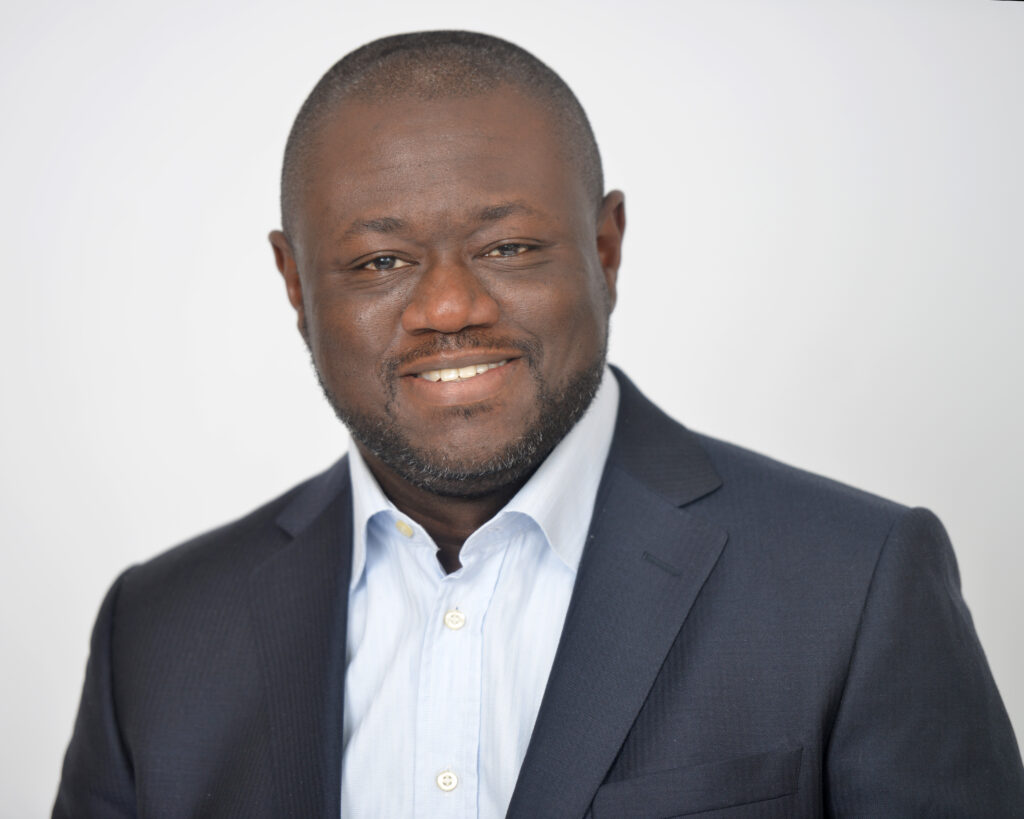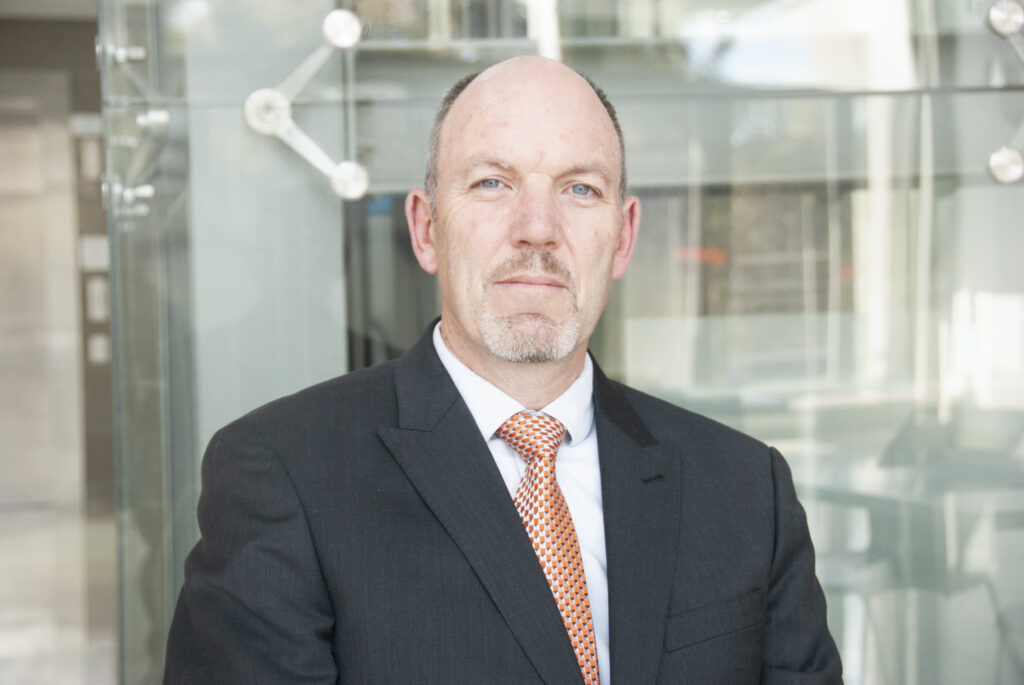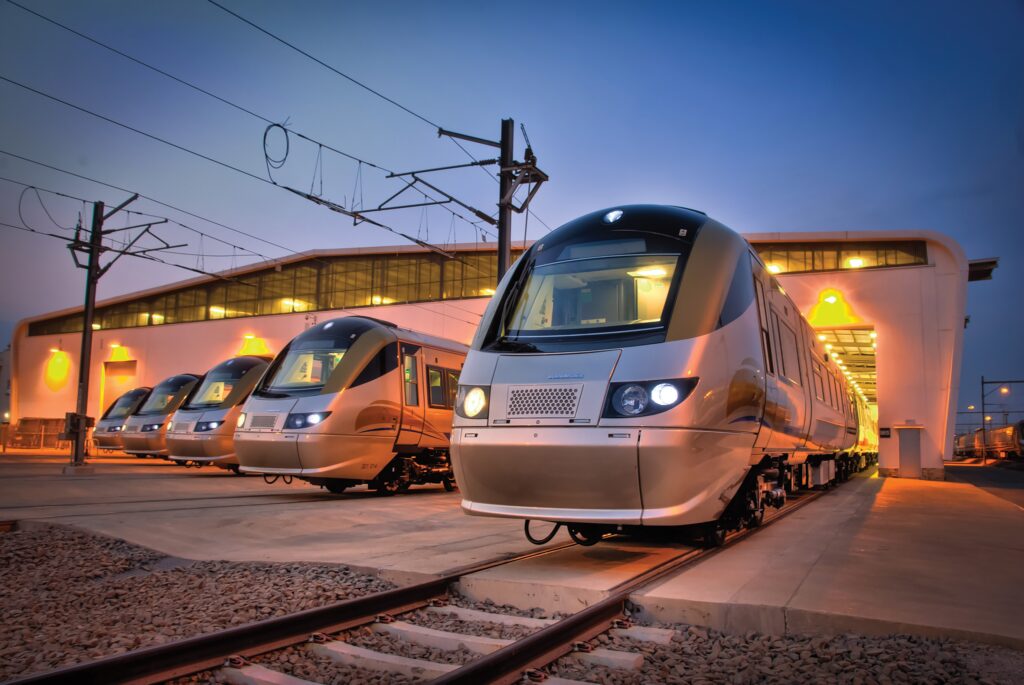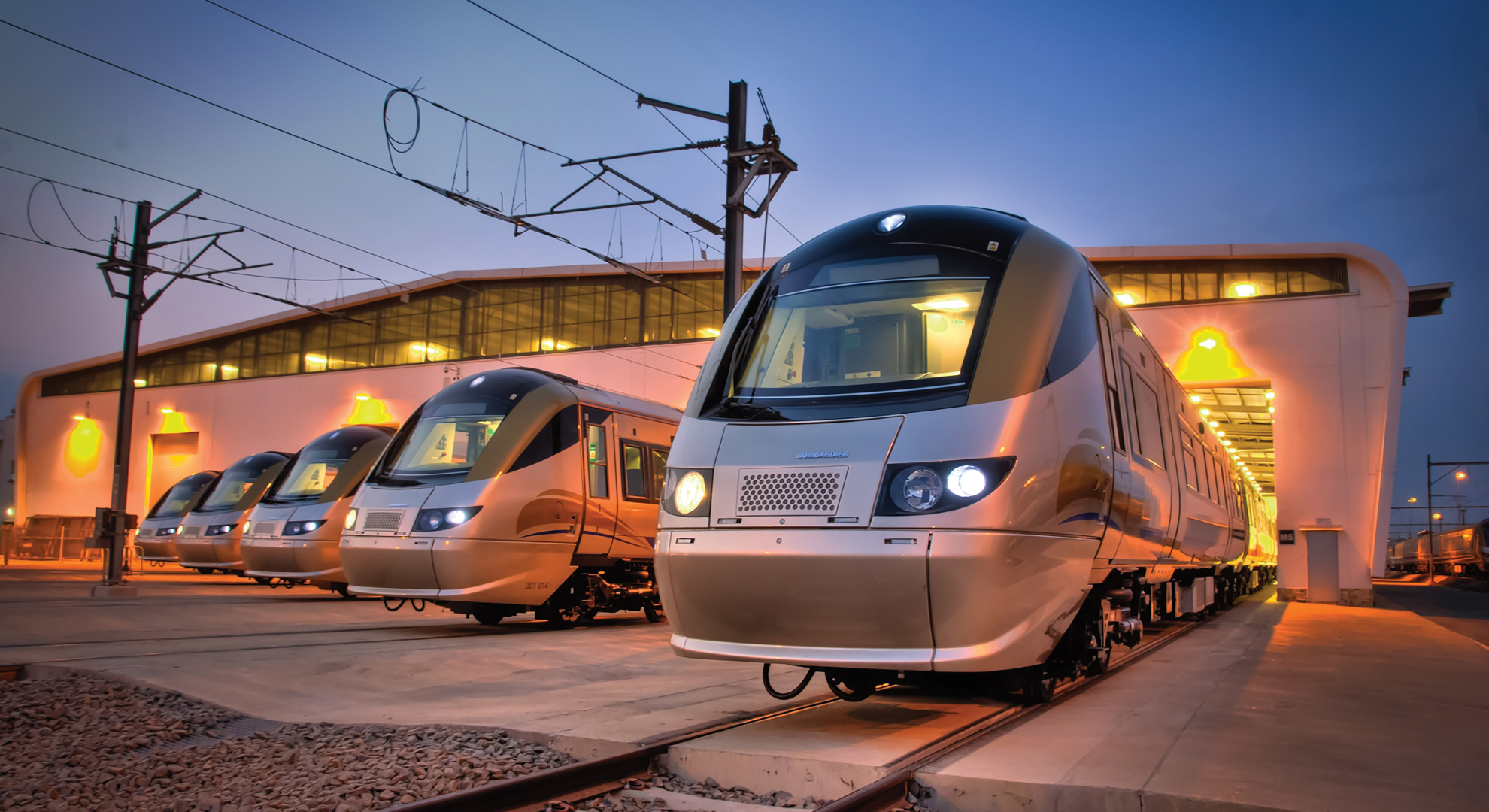With Africa Rail taking place from 25 to 26 June at the Sandton Convention Centre in Johannesburg, globally trusted infrastructure consulting firm AECOM is showcasing its significant experience and expertise in the rail sector in Africa. Globally, it is currently ranked #1 in terms of transit rail, taking part in major projects such as the feasibility study for the Ethiopia-Sudan Standard Gauge Railway (SGR) project.
The SGR project will link Addis Ababa in Ethiopia to Port Sudan on Sudan’s Red Sea coast. The transport sector goal is to contribute towards socioeconomic development by providing an efficient and effective transport system in Ethiopia and Sudan. The generally accepted route is Addis Ababa-Awash-Kombolcha-Weldiya, on to Wereta, Gonder, Metema, Galabat to Gadarif, Kassala, Haiya and to the port at Port Sudan, a total estimated distance of a staggering 1 522 km.
“This ambitious SGR project has significant implications for regional connectivity and trade,” comments James Anafi, Market Sector Lead: Rail, Africa at AECOM. “The main aim is to enhance transportation links between Ethiopia and Sudan to facilitate efficient movement of goods, people and services.”
The feasibility study that AECOM played a major part in assessed whether the railway line is technically, financially, economically, socially and environmentally viable. It considered factors such as terrain, engineering challenges, economic benefits and environmental impact.
It provides a sound basis for decision-making regarding the investment project. In addition, due diligence from the study can attract funding from various sources, including development partners and the private sector. The African Development Bank (AfDB) approved a US$1.2 million grant to finance the feasibility study, which was completed in December 2022.
Anafi says the feasibility study became necessary due to Ethiopia experiencing rapid economic growth. “The challenge is that Ethiopia is landlocked and is quite a vast country. To obtain accesses to seaports, which are important for economic growth, requires extensive railway infrastructure.”
A major challenge is that the route extends across Ethiopia and Sudan to reach Port Sudan. “That was the aim of the feasibility study,” confirms Anafi. “The vast scope of the project required a lot of resources and ingenuity to have the feasibility study completed successfully.”
A challenge was balancing the strategic interests of the two different countries, which were not always aligned. While the project was driven mainly by Ethiopia, the bulk of the route is actually through Sudan. “It starts from the middle of Ethiopia but has to cross Sudan to reach the port. Hence, Sudan was a significant stakeholder and there were different requirements that had to be balanced.”
AECOM’s strategy was predicated on being as collaborative, fair and inclusive as possible to all stakeholders. “Everyone had to feel they were adequately catered for in the project to ensure its ultimate success or there would be pushback.” This major consideration had to be balanced against various technical and situational challenges.
The fact that the feasibility study commenced during the COVID-19 pandemic imposed immediate travel restrictions. “We had to come up with innovative ways to still obtain site information from the required project location to be able to carry out the feasibility study,” says Anafi.
Part of AECOM’s strategy was to ensure its client expanded its own rail capability and skills base as the project proceeded. The consultancy’s technical capabilities are complemented by advisory services during the design and planning stages and incorporates important aspects like Environmental, Social and Governance (ESG) considerations. It is a critical focus of the planning and design stage as it is where AECOM stands to make the biggest impact on projects.
“We have quite a big global footprint. We act and think globally to bring world-class solutions to bear, based on our experience and expertise from all over the world. Typically, problems encountered on such projects usually have been encountered elsewhere and were resolved. We bring that experience and expertise to any project, so we do not really have to start from scratch,” says Anafi.
AECOM typically already has a viable solution in mind, even at such a preliminary stage. “We reference the local conditions to ensure it is fit-for-purpose and suitable for the local environment,” says Anafi. “We try to maintain a low carbon footprint on all projects, even to the point of curtailing our own travel where it can be avoided,” adds Anafi.
“For example, on this project we achieved a lot of the requirements without having to travel to the country and the site itself. That allowed us to maintain a small carbon footprint for the project. We take this into account in the designs we carry out and the solutions we provide to ensure they are sustainable.”
For instance, AECOM deploys remote site reconnaissance technology for remote project site monitoring. It combines mobile app data acquisition, real-time reporting and data access globally using cloud storage to enhance safety, efficiency and decision-making in design and construction of infrastructure projects. “That made it very effective for us to work with our local partners. We could still collaborate with them closely enough to achieve a successful outcome,” says Anafi.
Environmental considerations were key, as Ethiopia is mountainous and forested whereas Sudan is mainly desert and flat. “We had to come up with ways to deal with the particular conditions encountered on both sides of the border. We looked at less resource-intensive solutions in terms of sustainability,” says Anafi.
For example, AECOM made use of a track design solution that operates effectively in a desert environment without having to put in additional infrastructure to control sand blowing onto the track. In the mountainous sections of Ethiopia that had to be traversed, AECOM also had to consider the ecological impact of any proposed solution.
This meant the size and extent of embankments had to be carefully considered in order not to unduly impede the natural migration patterns of animal species in the region. Instead, bridges or even tunnels that would have much less of an environmental impact in this regard were proposed with due regard to cost implications. This meant the infrastructure that would be put in place would not have too much of an impact on local fauna and flora.
The social impact of any project is another critical consideration, especially in terms of AECOM’s Sustainable Legacies strategy. Apart from engaging the main stakeholders, it includes active engagement with the local communities to ensure the project benefits the entire region in the most sustainable manner possible.
Local companies from both Ethiopia and Sudan were also included in the project and afforded the opportunity to contribute and build up their own skills base. “A defining capability of AECOM’s global footprint is that we have access to global expertise and knowledge. That gives us good exposure to typical problems encountered in railway projects.”
“Wherever we resolve these in the world, we have access to that knowledge, which enhances our own capability and efficiency,” says Anafi. AECOM’s global footprint also means it makes extensive use of digital tools to collaborate on projects across the world and engage seamlessly with clients and partners.
AECOM is a globally integrated firm. Even though based in South Africa, the Africa team works collaboratively on projects throughout the world. “We are very much involved in many projects going on in the Middle East, which has some of the biggest railway infrastructure projects globally at present,” highlights Anafi.
“The benefit of AECOM Africa being part of a global multinational is that we can always bring in expertise and capacity from our colleagues throughout the world. There is some very specialised expertise sometimes required on rail projects with respect to things such as signalling, telecoms, electrification and so on,” says Chris Britz, Director: Transportation and Leader of the Transportation Business Line in Africa at AECOM.
“We can draw on the best expertise for a specific project as and when required. It does not matter where the project is, who the client is and what capacity that needs to be delivered, whether it is just planning and design or all the way to infrastructure development and project supervision. We can also provide any related civil, architectural or specialised technical services that may be required,” concludes Britz.





